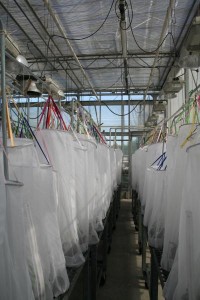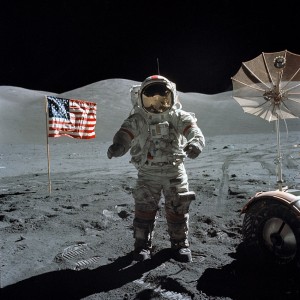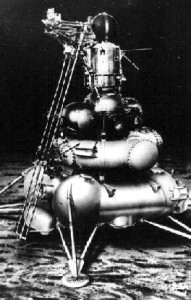 Like humans, insects communicate with each other by “telephone” and can even leave messages, according to Dutch researchers.
Like humans, insects communicate with each other by “telephone” and can even leave messages, according to Dutch researchers.
No special electronics are needed because the bugs literally use green technology – plants – to communicate.
According to the new study from the Netherlands Institute of Ecology and Wageningen University, insects which live in and above the ground use a plant as a telephone by eating its roots. That changes the chemical composition of its leaves, which in turn causes the plant to release alarm signals into the air.
These signals tell other insects not to eat that plant and move along, in order to avoid any competition between insects. The signals also warn others of possibly-dangerous chemical compounds in the plant.
If a bug isn’t around to immediately receive the message, the study shows another insect can leave a ‘voicemail’ message in the soil itself, through various soil fungi, by leaving specific remains in the soil after eating from the plant.

In the Netherlands Institute of Ecology greenhouse, plants and plant-feeding insects are put together to assess their ability to store 'voicemail messages' in the soil. (Photo: Olga Kostenko/NIOO-KNAW)
Unlike our own ‘voicemail’ messages which disappear at a push of a button, these warning messages live on to serve future generations of insects. Any new plants that happen to grow on the same spot, according to the research, can grab these same signals from the soil and again communicate the message to other insects.
The messages left in the soil can be rather specific . The new plant could warn bugs that its predecessor suffered from conditions that could be harmful to insects.
In their experiments, the researchers grew ragwort plants in a greenhouse and then left the plants open to threatening insects, such as leaf-eating caterpillars or root-feeding beetle larvae. They later replaced those plants by growing new ones in the same soil and again the plants were left open to the hungry insects.
“What we discovered is that the composition of fungi in the soil changed greatly and depended on whether the insect had been feeding on roots or leaves,” explains researcher and study author, Olga Kostenko. “These changes in fungal community, in turn, affected the growth and chemistry of the next batch of plants and therefore the insects on those plants.”
The researchers are working to find an answer to how long the warning messages remain in the soil and just how widespread this occurrence is throughout nature.




 Science World is VOA’s on-air and online magazine covering science, health, technology and the environment.
Science World is VOA’s on-air and online magazine covering science, health, technology and the environment.